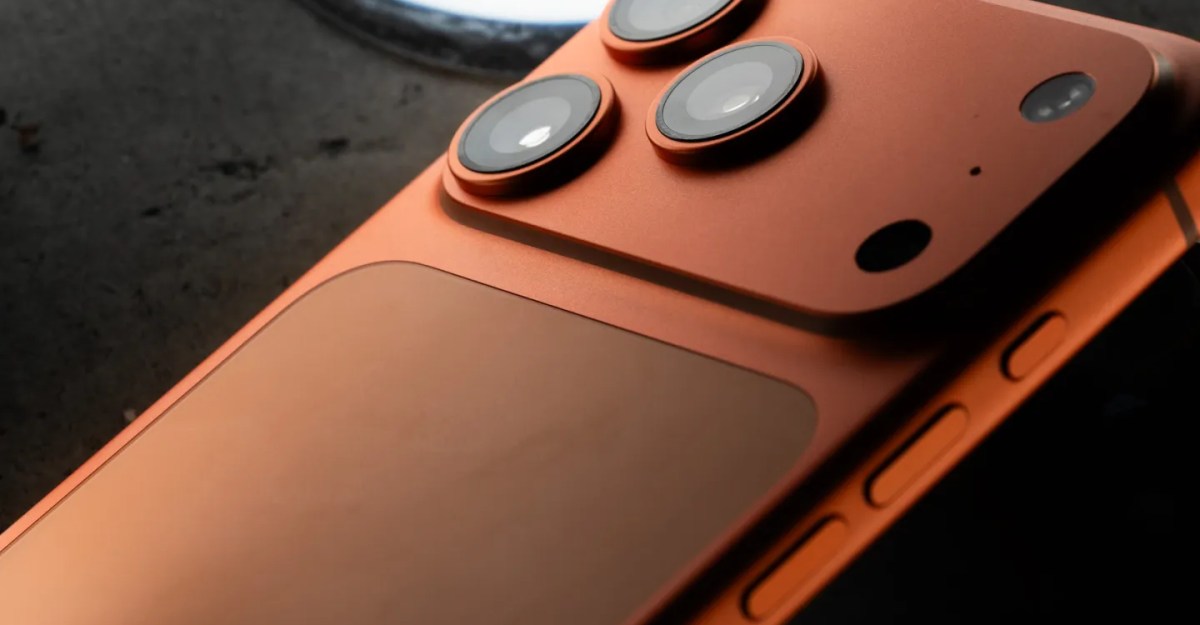Adobe’s Project Indigo Faces Challenges with iPhone 17 Selfie Camera
Adobe’s innovative computational photography app, Project Indigo, has encountered difficulties adjusting to the new square-format selfie sensor introduced in the iPhone 17 series. Over the past month, users of the app experienced a lack of compatibility with Apple’s latest smartphones, prompting queries and concerns within the user community.
Temporary Suspension of Front-Facing Camera Access
To address these compatibility issues, Adobe has made the decision to temporarily disable access to the front-facing camera within Project Indigo. This move aims to expedite the release of an updated version of the app that supports the iPhone 17 models. The company has been actively communicating updates on the Adobe Community forums, informing users of the ongoing efforts to restore functionality.
Popularity of Project Indigo
Since its launch in June, Project Indigo has gained a significant following among photography enthusiasts. Users are drawn to its unique approach to image processing, which offers a softer and more refined aesthetic compared to the conventional iPhone camera app. However, the introduction of the new sensors in the iPhone 17 series has posed unexpected challenges for the app.
Upcoming Fixes and Future Support
Adobe has announced that a forthcoming update in iOS version 26.1 is expected to enable support for the selfie camera within Project Indigo. Until this update is released, iPhone 17 users will only have the option to use the rear camera with the app.
As Adobe continues to refine Project Indigo for compatibility with the latest technology, users can stay informed about the developments through official channels and community discussions.
This article highlights the current limitations of Adobe’s Project Indigo while providing insights into the company’s efforts to enhance the app’s performance for iPhone 17 users. With the anticipated updates on the horizon, users can remain optimistic about future improvements.




